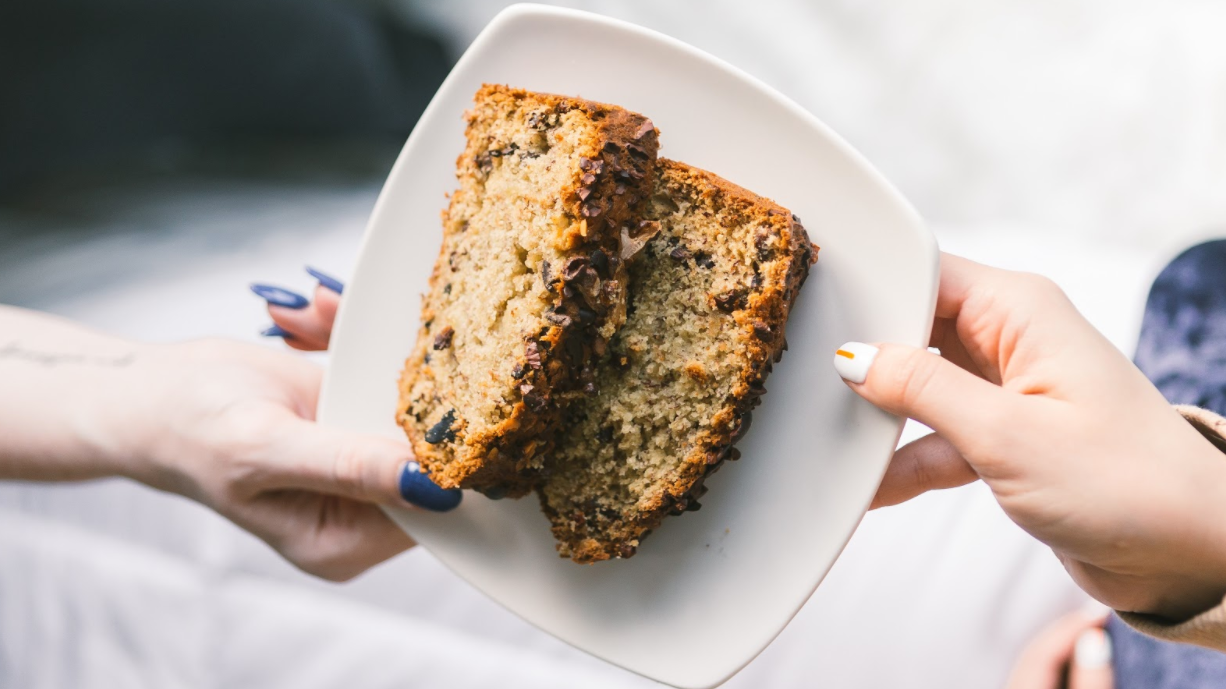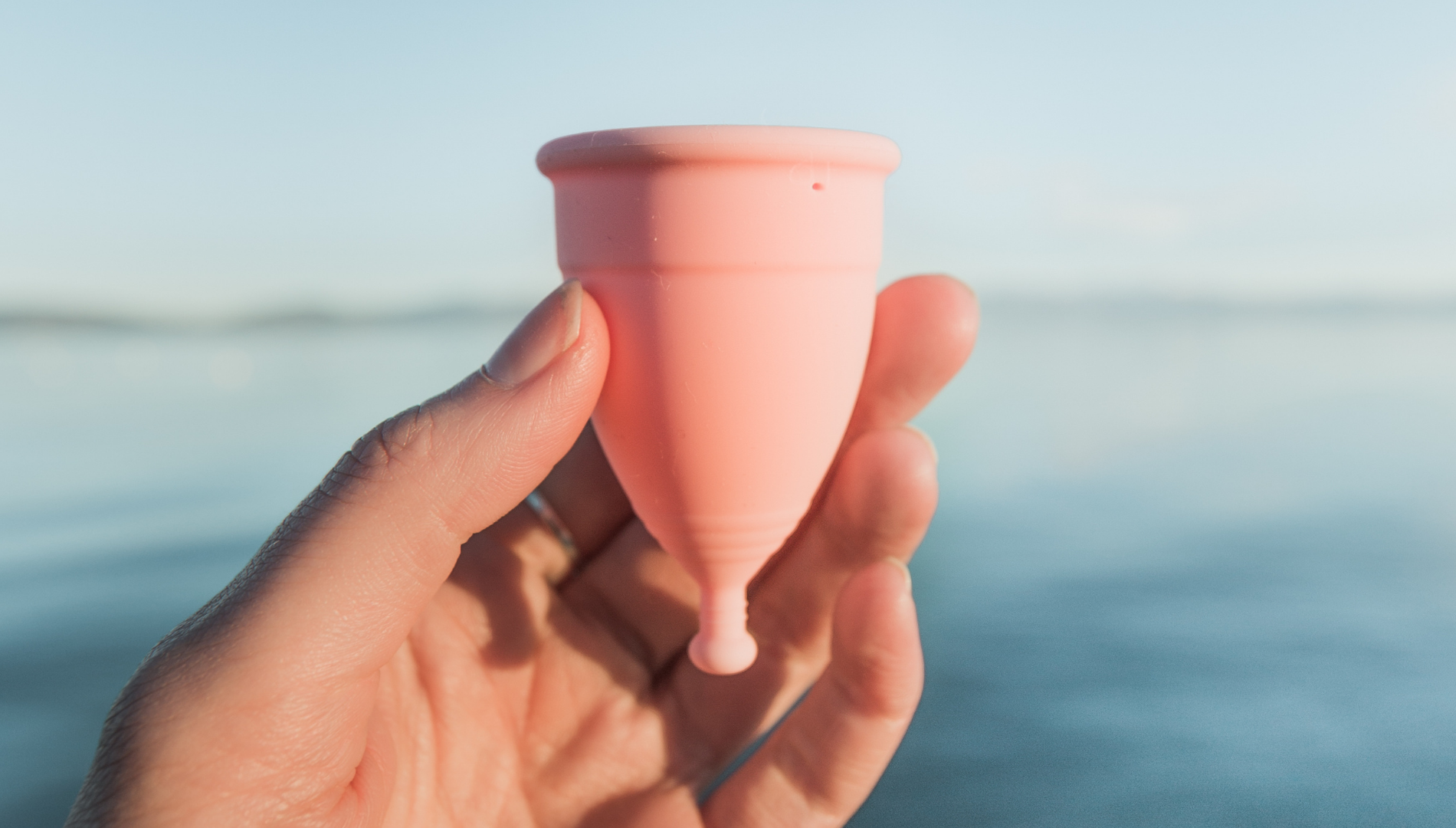Have you found yourself reaching for certain (unhealthy) foods during your period? Changes in hormones throughout the luteal, follicular, ovulatory and menstrual phases of your period can drive cravings, and naturally, how you eat can impact the body’s ability to regulate hormones in return. To keep your body feeling its best at any point in your cycle, eat foods that work with your ever-changing hormones, not against them. We’ve scoured all resources available to us to help you understand how the body reacts to various foods throughout your cycle, and how you can optimise your meal plan for fewer period symptoms…
Food & Your Menstrual Cycle
As Nicole Negron, a functional nutritionist and women’s health specialist puts it, “Oftentimes, women tend to eat the same foods on a regular basis to save time and frustration. But the differences in oestrogen, progesterone and testosterone throughout the month require different nutritional and detoxification needs. Shaking up what we eat on a week-to-week basis is imperative to support our cyclical body.” Just as you may notice your libido, energy levels or appetite ebb and flow across your cycle, your nutritional needs change, too. By paying attention to these needs, you can help your body to give it the nutritional replenishment, anti-inflammatory support and hormone balancing that it needs.
One member of the Mooncup team has tried eating according to her cycle, and unsurprisingly, it’s calmed her menstrual cramping significantly. On the day that her period is due, she eats foods laced with anti-inflammatory ingredients like turmeric and ginger to keep her period pains at bay – and as it turns out, the use of these two ingredients to help menstruation is supported by modern science and ancient Ayurvedic medicine alike.
What to Eat Before Your Period
Midway through your menstrual cycle, just before you enter the premenstrual or luteal phase of your cycle, you enter your ovulatory period (the time at which your body prepares to become pregnant by releasing an egg). During the ovulatory period, you may notice an increase in energy due to a surge in oestrogen. To support this, try eating foods like almonds, bananas, blueberries and leafy green vegetables to sustain your energy levels throughout the day.
Immediately after the ovulatory phase and just before your period, you’ll enter the luteal phase, when oestrogen and progesterone levels sharply plummet. Instead of being tempted by caffeine and sugar (which can make period symptoms worse), try reaching for magnesium-rich foods like spinach, pumpkin seeds, chia seeds and dark chocolate for a natural pick-me-up.
What to Eat During Your Period
On the day your period is due (we recommend downloading a period tracker app like Clue to help best predict this), try eating to help support your most pesky period symptoms. Oestrogen is beginning to rise again, but it’s not uncommon to feel crampy, sluggish or constipated during your period. Try reaching for foods with anti-inflammatory properties like turmeric, coriander, ginger and cardamom, and be sure to replenish lost iron and B12 with chickpeas, cheese, legumes and fish. If your digestive system slows down with your period, try snacking on dates for added fibre and a natural laxative effect.
What to Eat After Your Period
Just after your period, you’ll enter the follicular phase of your menstrual cycle, when oestrogen levels are continuing to build. Help your body metabolise natural oestrogen (and help your gut) by eating fermented foods like sauerkraut, kefir or kombucha. You may also notice your energy levels beginning to pick up again, so help your body to keep this going with energy-sustaining foods like pumpkin seeds or nuts.
Blog disclaimer
Our blog is intended to share information and ideas around periods, health, and sustainability. While we do our best to keep content accurate and up to date, things can change over time. The information here is not intended as medical advice — for any health-related concerns, please consult a qualified healthcare professional. For more information on our claims, please see our Claims Page, and for the most up-to-date product information, please visit our Product Pages.





